Home / Albums / Tag Occupations 251

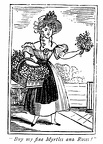 Buy my fine Myrtles and Roses
Buy my fine Myrtles and Roses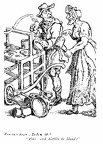 Pots and Kettles to mend
Pots and Kettles to mend Young lambs to sell
Young lambs to sell "Buy a fine Singing Bird?"
"Buy a fine Singing Bird?" Six bunches a penny, sweet bloomin Lavender
Six bunches a penny, sweet bloomin Lavender Fine Writeing Ink
Fine Writeing Ink Flowers, penny a bunch
Flowers, penny a bunch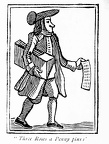 Three Rows a Penny pins
Three Rows a Penny pins Buy a Fork or a Fire Shovel
Buy a Fork or a Fire Shovel Fine Oysters
Fine Oysters Troope every one
Troope every one Milk below, Maids
Milk below, Maids Sixpence a pound, Fair Cherryes
Sixpence a pound, Fair Cherryes Buy a doll, Miss
Buy a doll, Miss Past one c'clock, an' a fine morning
Past one c'clock, an' a fine morning Songs, penny a sheet
Songs, penny a sheet Buy the fair ballads I have in my pack
Buy the fair ballads I have in my pack I love a ballad in print
I love a ballad in print Fresh Cabbidge
Fresh Cabbidge Fresh and sweet
Fresh and sweet Antique Ballads
Antique Ballads New Laid Eggs
New Laid Eggs Stinking Fish
Stinking Fish Knives and Scissors to Grind
Knives and Scissors to Grind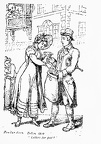 Letters for post
Letters for post Cat's and Dog's Meat
Cat's and Dog's Meat Dust, O
Dust, O O' clo
O' clo Ow-oo
Ow-oo Sw-e-e-p
Sw-e-e-p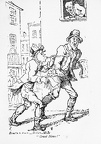 Great News
Great News Wat d'yer call that
Wat d'yer call that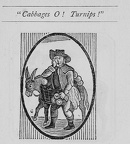 Cabbages O Turnips
Cabbages O Turnips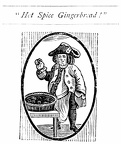 Hot Spice Gingerbread
Hot Spice Gingerbread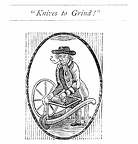 Knives to Grind
Knives to Grind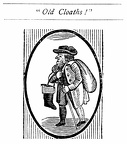 Old Cloths
Old Cloths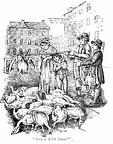 Buy a Live Goose
Buy a Live Goose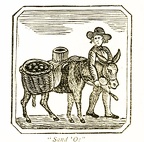 Sand 'O
Sand 'O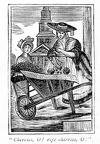 Cherries, O ripe cherries, O
Cherries, O ripe cherries, O Fine Strawberries
Fine Strawberries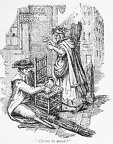 Chairs to mend
Chairs to mend Sweet Lavender
Sweet Lavender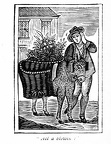 All a blowin
All a blowin Any Earthen Ware, buy a jug or a tea pot
Any Earthen Ware, buy a jug or a tea pot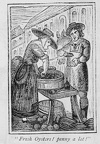 Fresh Oysters, penny a lot
Fresh Oysters, penny a lot Buy my sweet Roses
Buy my sweet Roses Ere's yer toys for girls an boys
Ere's yer toys for girls an boys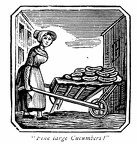 Fine Large Cucumbers
Fine Large Cucumbers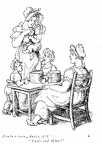 Curds and Whey
Curds and Whey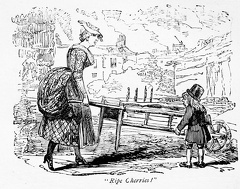 Ripe Cherries
Ripe Cherries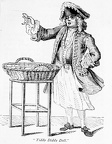 Tiddy Diddy Doll
Tiddy Diddy Doll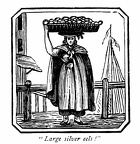 Large silver eels
Large silver eels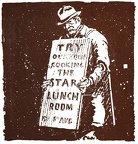 The Sandwich Man
The Sandwich Man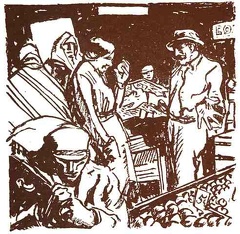 The Push-cart Man
The Push-cart Man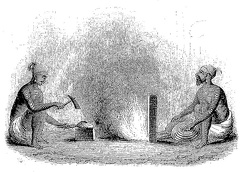 Blacksmiths
Blacksmiths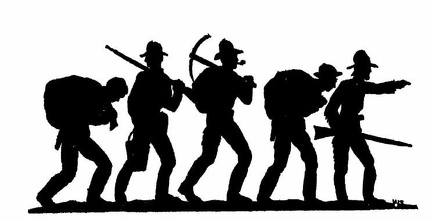 The Hell-roaring forty-niners
The Hell-roaring forty-niners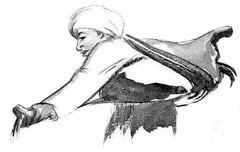 An Egyptian Water-Carrier
An Egyptian Water-Carrier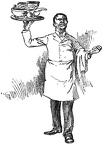 The Waiter
The Waiter The Huckster
The Huckster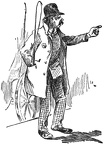 The Guileless Hackman
The Guileless Hackman



